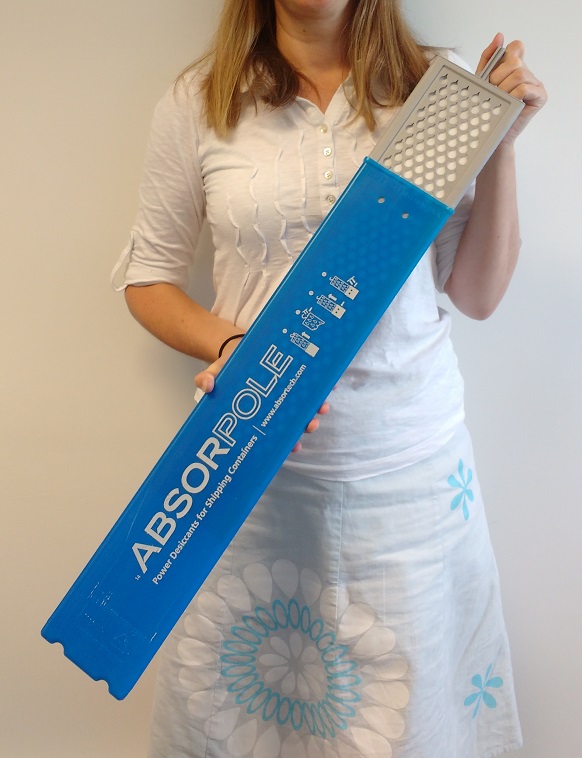Condensation in Shipping Containers
How to prevent condensation build-up in containers Condensation in shipping containers and storage containers can occur due to poor ventilation or storing damp or wet goods. If not rectified, this can cause damage to goods stored in the container in future, even if the damp goods have been removed. Luckily, there are several ways to …


